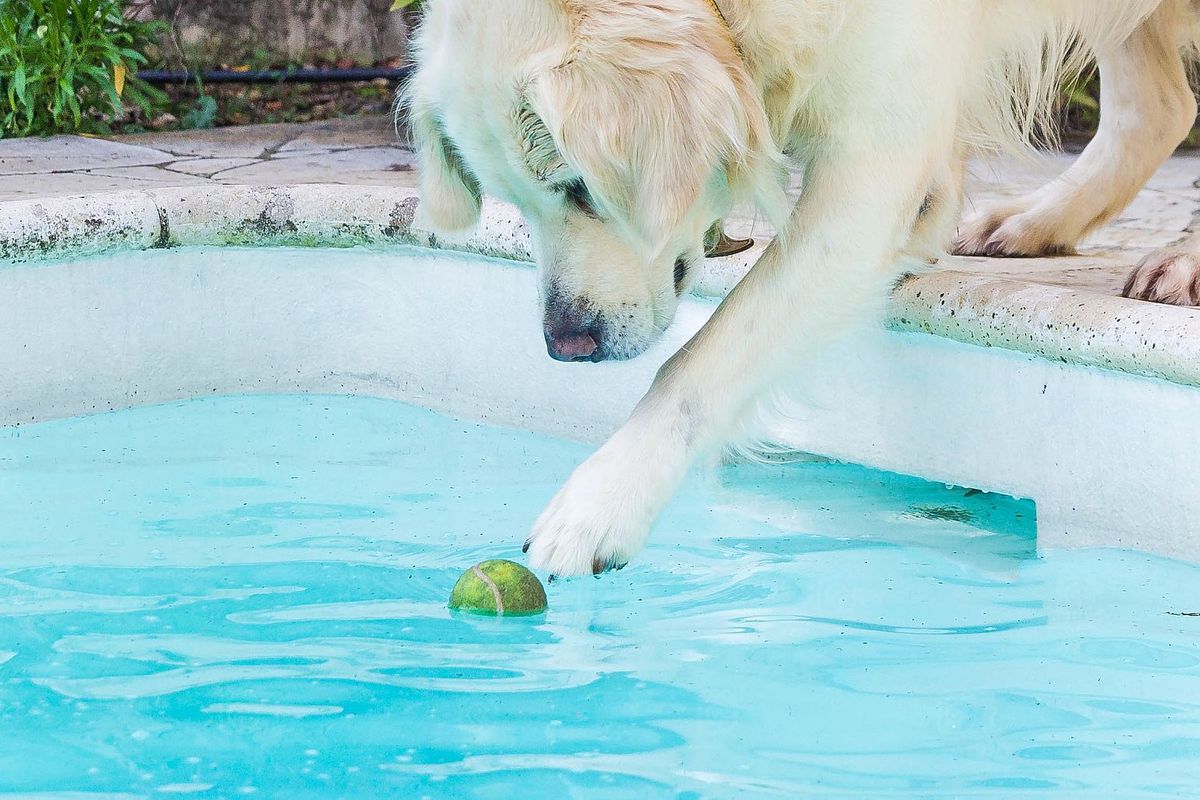My Pi-spective on Curiosity

(A pi-spective is where you write about something in 314 words)
In a world replete with ready answers and easy explanations, being curious can be hard work. The analytics industry is all about finding answers. Google is only a few taps away. A flotilla of listicles provide us with the means to approach any challenge (it would seem).
To be curious is to be eager to know. There was an edge to the original sense of the word. It also meant to be anxious, odd or strange. There was an element of meddling. It was active, insatiable and even sly with its desire to know.
It turns out there are two types of curiosity. Diversive curiosity 'turns us aside'. It's involuntary. It's about novelty. It's about craving. It's about a bored mind looking for fun stuff. It is good for discovering stuff we don't know. But it tends towards superficiality.
Epistemic curiosity is about the desire to know. This type of curiosity involves going deeper into a topic. It's conscious and requires effort. Purpose drives epistemic curiosity. The need to know emerges from an awareness of something greater than ourselves that needs discovery.
Csikszentmihalyi ("chick-sent-me-high") wrote "One cannot lead a life that is truly excellent without feeling that one belongs to something greater and more permanent than oneself."
As a management professional I wonder if part of our present woe stems from a systemic devaluing of epistemic curiosity. Any fool can pull something from Google, drop it into a report and have another fool nod sagely. Organization's tend to develop their own intellectual climate. Deviation from what is recognized to be clever isn't rewarded.
Curiosity seeks to span an information gap that we only become aware of after discovering a little piece of information that doesn't fit. This is where diversive curiosity is good. What we should do next is encourage epistemic curiosity. But how often do we do this in the drive to deliver?
Image by Antoine Beauvillain via Tookapic
